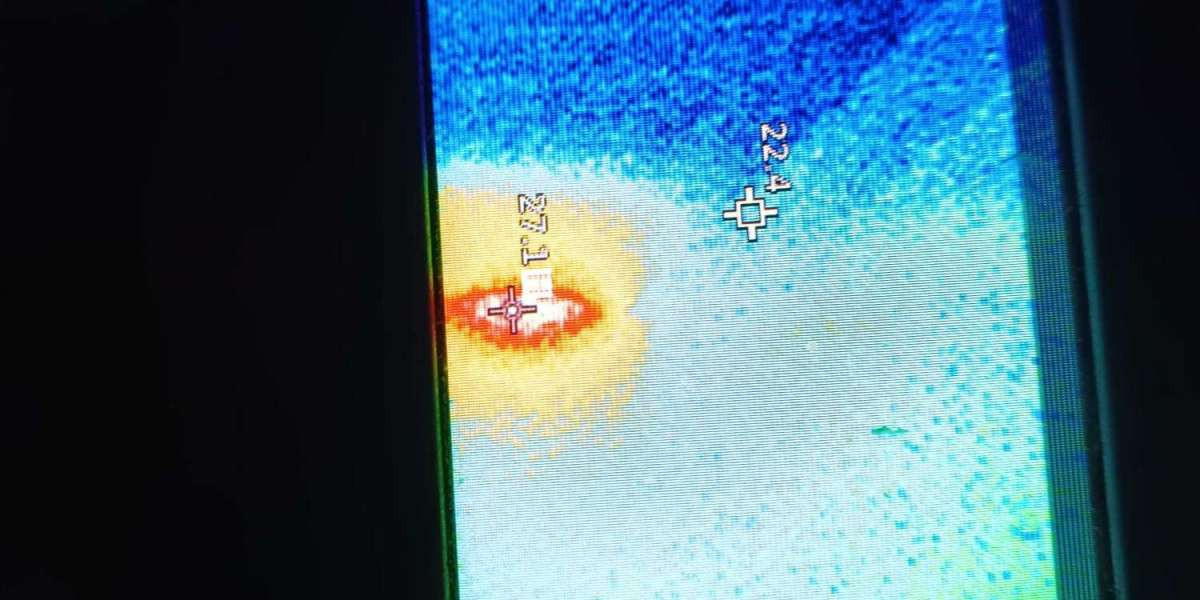The Atomic Layer Deposition (ALD) market has witnessed significant growth in recent years, driven by increasing demand from the semiconductor, electronics, solar energy, medical, and automotive industries. Atomic Layer Deposition is a thin-film deposition technique that allows for the precise control of film thickness and composition at the atomic level. ALD is widely used in the production of semiconductors, microelectronics, photovoltaic cells, and optical coatings due to its ability to create uniform, high-quality films with excellent conformality and control over film thickness.
Market Drivers and Trends
1. Growing Demand from the Semiconductor Industry
The semiconductor industry is the largest consumer of ALD technology, driven by the increasing need for smaller, faster, and more energy-efficient electronic devices. ALD is essential for producing high-k dielectrics, gate oxides, and barrier layers in advanced semiconductor manufacturing.
With the shift toward 3D integrated circuits (ICs), FinFETs, and vertical NAND (V-NAND), ALD has become a key enabler of complex architectures due to its ability to deposit thin films with atomic-scale precision. ALD allows for the deposition of materials with excellent conformality on high-aspect-ratio structures, which is crucial for scaling down transistor size while maintaining performance.
2. Increasing Use in Solar and Renewable Energy
ALD is widely used in the production of photovoltaic (PV) cells to enhance the efficiency and durability of solar panels. ALD coatings are applied to improve the passivation, reflectivity, and corrosion resistance of solar cells, leading to higher conversion efficiency and longer lifespan.
The growing investment in renewable energy projects, coupled with government incentives and policies promoting solar energy, has driven the demand for high-performance solar cells. ALD's ability to create thin, defect-free coatings has made it an ideal solution for improving the performance of both silicon-based and perovskite solar cells.
3. Expansion of the Consumer Electronics Market
The rapid growth of the consumer electronics market, including smartphones, laptops, wearables, and displays, has increased the need for advanced coating technologies. ALD is used to create thin films for OLED displays, touchscreens, camera lenses, and sensors.
ALD coatings enhance the durability, scratch resistance, and optical clarity of electronic components. Additionally, the growing trend toward flexible and foldable displays has created new opportunities for ALD in developing thin, flexible coatings that maintain performance under mechanical stress.
4. Growing Demand for Protective and Functional Coatings
Atomic Layer Deposition (ALD) Market is increasingly used in the production of protective coatings for medical devices, automotive components, and optical instruments. ALD coatings provide excellent moisture resistance, corrosion protection, and biocompatibility.
In the medical industry, ALD coatings are applied to implantable devices, surgical instruments, and biosensors to improve wear resistance and reduce the risk of bacterial adhesion. In the automotive sector, ALD coatings are used for optical mirrors, sensors, and electronics to enhance durability and performance in harsh environments.
5. Advancements in ALD Technology
Recent advancements in ALD technology, including the development of plasma-enhanced ALD (PEALD) and spatial ALD, have improved deposition rates and material quality. PEALD allows for lower deposition temperatures, making it suitable for temperature-sensitive substrates such as polymers and organic materials.
The introduction of hybrid ALD processes and in-situ monitoring systems has improved process control and enabled the deposition of complex multi-layered structures with high precision. The combination of ALD with other deposition techniques, such as chemical vapor deposition (CVD) and physical vapor deposition (PVD), has further expanded the range of materials and applications for ALD.








